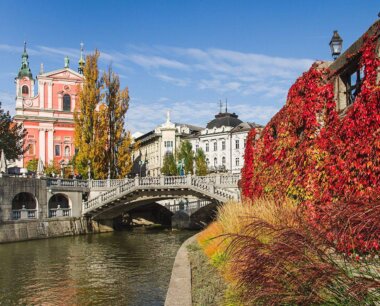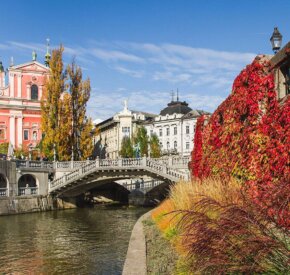
How to take amazing wildlife photos
Christopher Marsham won the wildlife category in Wanderlust’s 2012 Travel Photo of the Year competition. So, for this year’s contest, what’s the secret of capturing a winning wildlife snap?
Wanderlust’s Travel Photo of the Year competition is back! Whether you’re an amateur or professional photographer, we’d love to see your shots of wildlife, landscape, travel icons or people. Enter here…
Fancy improving your wildlife photography? Here, previous winner Christopher Marsham shares his tips for capturing a stand-out shot…
1. Human requirements
Patience is an obvious factor. As are time and resources to revisit your subject again and again. Be prepared to be uncomfortable. Whether you’re snapping tiny insects or large animals, your subject’s environment is unlikely to be the ideal conditions for us humans. But the more extreme the conditions, the more likely a winning shot. The ability to anticipate your target’s next move is a bonus – study your subject and you’ll learn their behaviour patterns.
But as with many good images, luck can play a large part, being in the right place at the right time, as in my winning Travel Photo of the Year image (pictured above).
2. Top-notch equipment
Quality lenses are more likely to provide shots with the wow factor. This means that a Single Lens Reflex (SLR) or Single Lens Translucent (SLT) camera is essential, if detail and pin-sharp images are required.
However, compact fixed lens cameras offer the possibility of capturing ‘mood’ shots or ‘off-the-cuff’ images. To be successful, photographing moving animals usually requires ‘fast’ lenses – with the maximum possible aperture, such as f2.8 – often classed as ‘Prime’ lenses, and they do not zoom. These let in more light, allowing more flexibility with shutter speed and ISO setting, and can be used in low light and with tele-converters. Quality zoom lenses up to 400mm or 500mm can still deliver acceptable results. A sturdy tripod and suitable head to support the longer lenses are essential.
To minimise shaking even more, use Mirror Lock-up when using a tripod – but this is only suitable for animals that are still, which is not often!
3. Use your creativity
To stand out from the crowd, a wildlife shot has to be of something that most people (especially judges) will not have seen before. If a photo depicts the animal within its natural environment, or displaying signature behaviours, it is likely to have more appeal than an image of a static bird on a twig. Take several shots and at different apertures or speed.
Try to shoot at the animal’s level, rather than from above. If it’s possible to get close enough, a wide angle lens can be rewarding. Shooting RAW and with larger sensor cameras (ie more megapixels) enables cropping to reveal detail that even the human eye can’t see.
4. Begin at home
Good zoos and reserves offer ample opportunities and sometimes challenging conditions to hone one’s skills, before trying to capture more mobile or far-flung wildlife. Find a nearby hide, city park or eco-park to practice in. Set up bird feeders at home if possible. Don’t forget the wildlife that’s in your own back garden or nearby countryside.




















